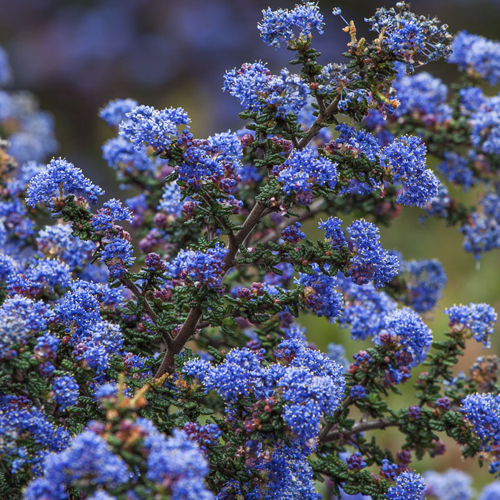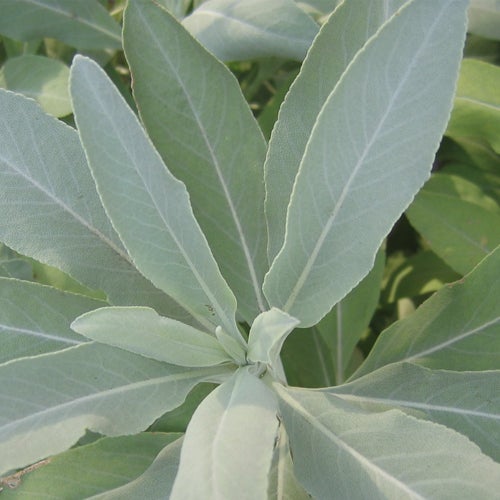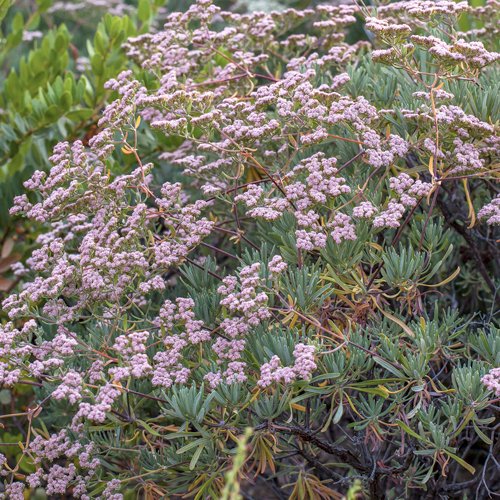Water-Efficient, Low-Maintenance Petaluma Oasis
BACK TO FULL TOUR
Garden Features
Drought Tolerant
Graywater System
California Natives
Deer Resistant
Drip Irrigation
Pesticide Free
Rainwater Harvesting System
Smart Irrigation Controller
Lawn-Free Landscaping
Permeable Surfaces
Partner: City of Petaluma
When my wife and I moved to Petaluma during the 2019 drought, we purchased a 68-year-old home with sparse landscaping. This blank canvas sparked our desire to explore sustainable solutions, including rainwater capture, whole-house greywater reuse, and drought-tolerant plantings. Our vision was to create a landscape that not only thrived on minimal water but also required little maintenance and enhanced the aesthetic appeal of our home. By integrating these innovative systems, we aimed to cultivate a self-sustaining oasis that aligned with our values of sustainability and beauty.
Rainwater Harvesting and Greywater Reuse
Each rainy season, we capture and store around 2,600 gallons of rainwater from our roof. While this is just a small fraction of the 20,000 gallons that fall on our roof annually, it provides enough water to sustain most of our plants and garden throughout the spring and summer months. Our trees, including a 60 year old redwood receive filtered greywater from our sinks, showers, and clothes washer.
Mulch
Knowing that a 1% increase in soil organic matter can boost water retention by approximately 20,000 gallons per acre, we have applied generous layers of mulch over the past five years. This practice has not only reduced our water needs but has also transformed the topsoil from dense clay into a light, springy loam.
Plants
We have two distinct microclimates on our property. The front of our house tends to be dry, windy, and can get quite hot during the summer. In this area, we’ve planted pollinator-friendly species such as salvias, sages, lantana, and yarrow. In contrast, the back of our house stays relatively cool and humid, thanks to the shade provided by our redwood and our neighbor’s sequoia. Here, we’ve created a water-permeable hardscape and planted a mix of ceanothus, ferns, grasses, and additional pollinator-friendly plants like borage and salvias.
Greywater from the house is is collected into a small tank. When full, the tank is pumped out to multiple zones of drip irrigation in the landscape. The system can irrigate smaller perennial plants as well as larger trees and shrubs. The Basic System is ideal for small to average-sized residential properties requiring 8 or fewer zones of irrigation.
Key Features
- Greywater System utilizes 100% of household greywater for trees
- 2,750-gallon above and below ground rainwater system covers >85% of outdoor water use for year
- Smart Irrigation Controller senses water needs and adjusts water use
- Drip Irrigation reduces water loss
- Hardscape incorporates permeable surfaces for water capture and retention
- California Native and drought-tolerant plants
- Pesticide-free
- Deer resistant
The Garden Tour
This tour will be especially valuable for anyone interested in learning about fungally active mulches, rainwater capture and greywater reuse systems. We will have QR codes so people can easily find the water tanks, pumps, electronics, contractors, etc. that we found through trial and error. Also, our water tank supplier and greywater filter provider will have information in case you are interested.
Special Events
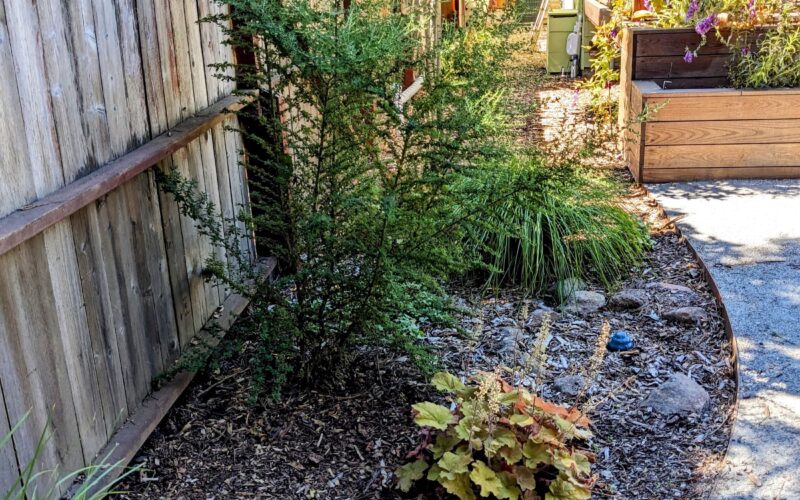
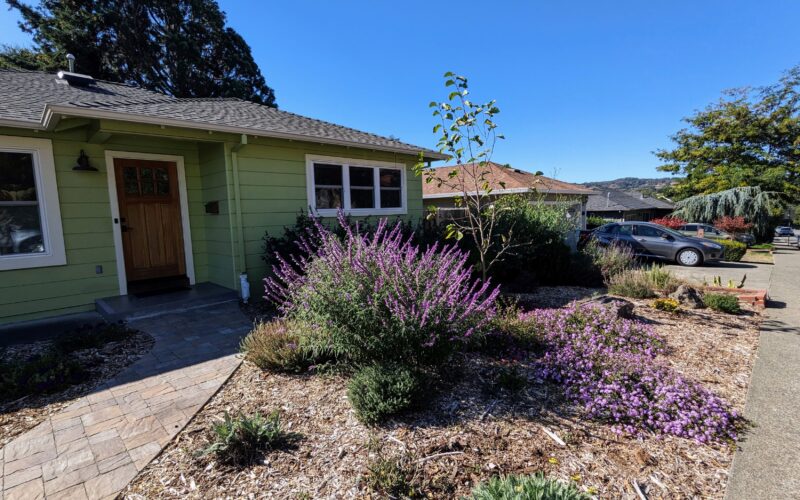
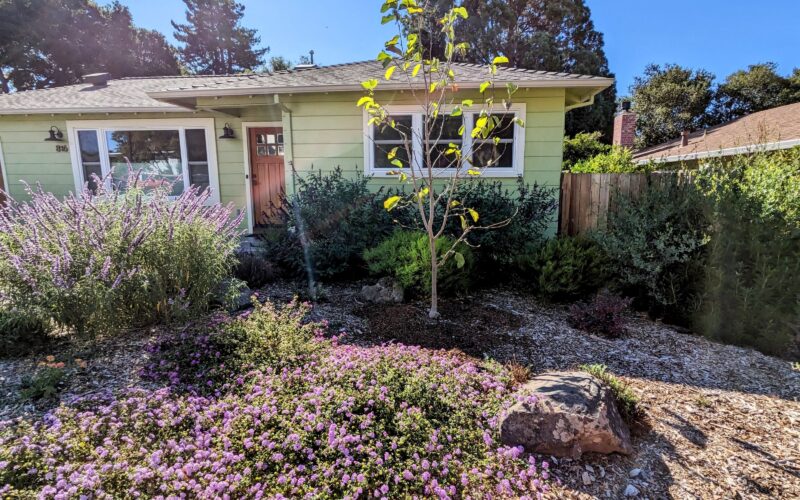
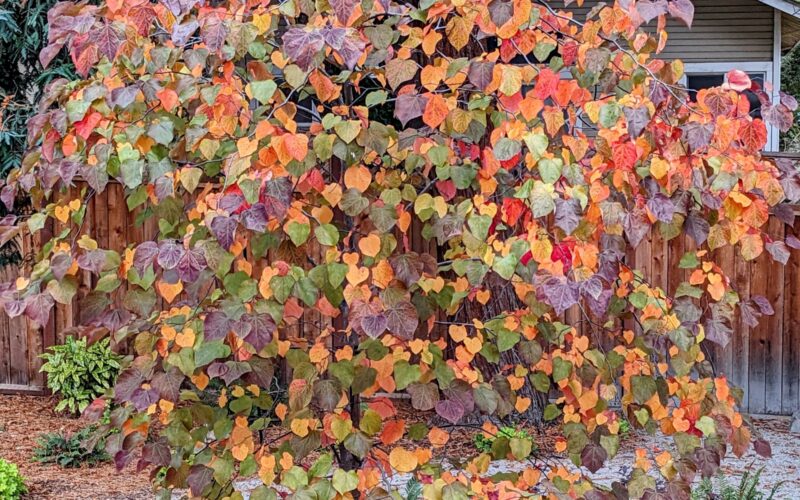
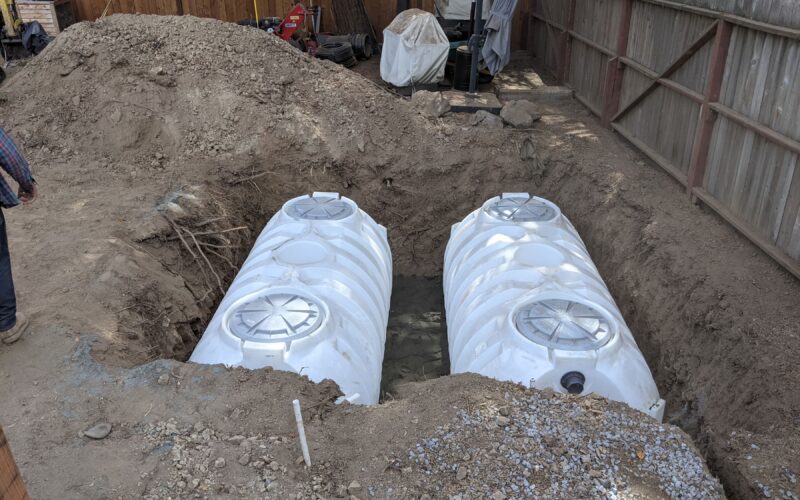
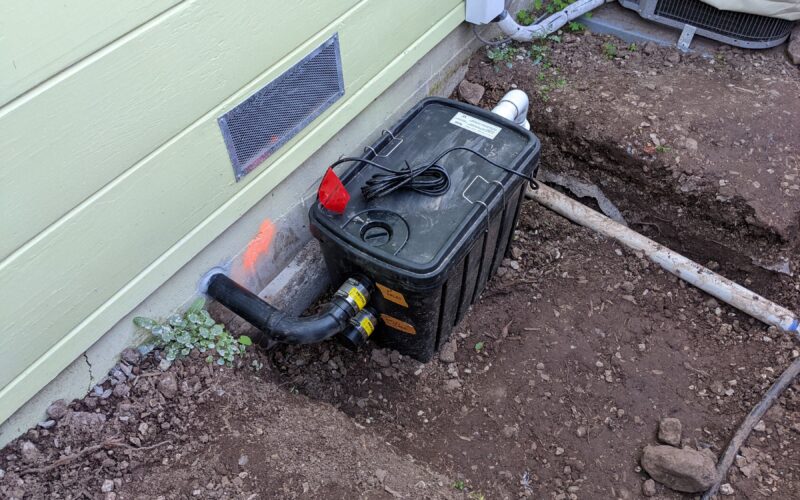
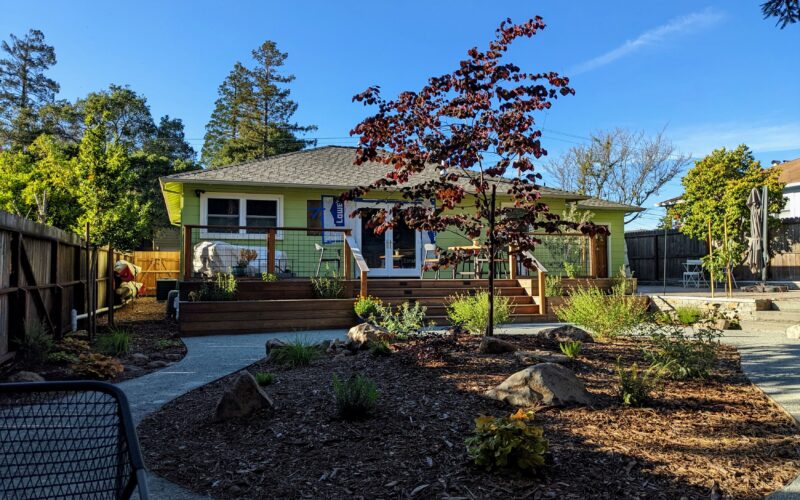
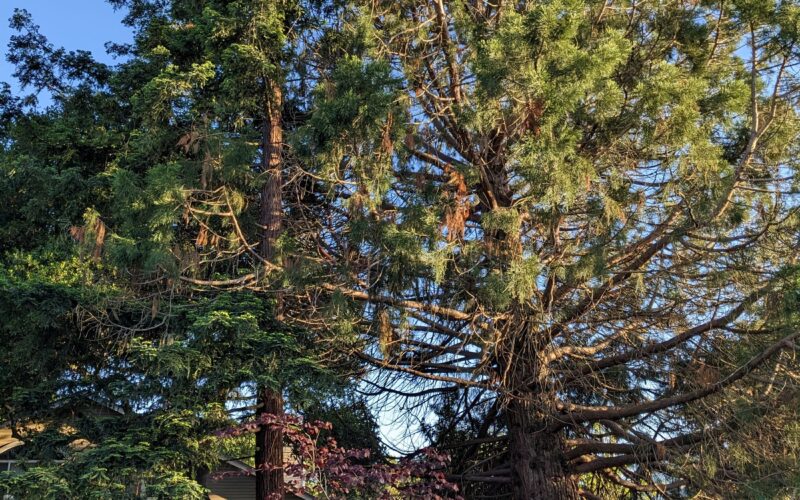
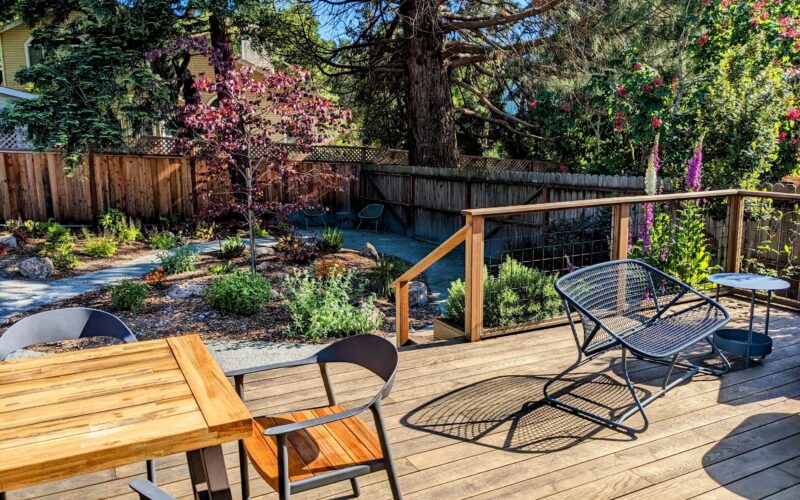
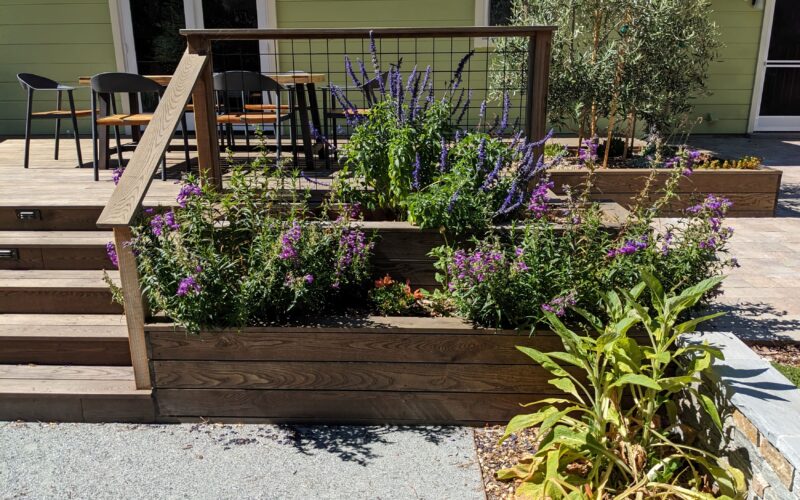
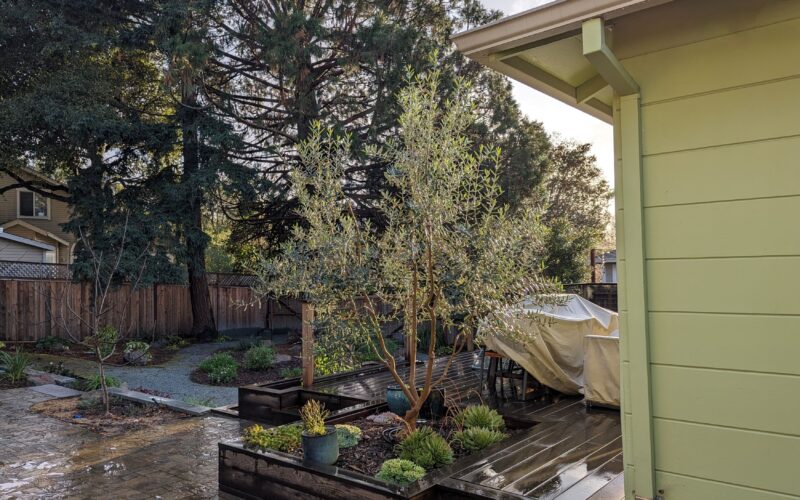
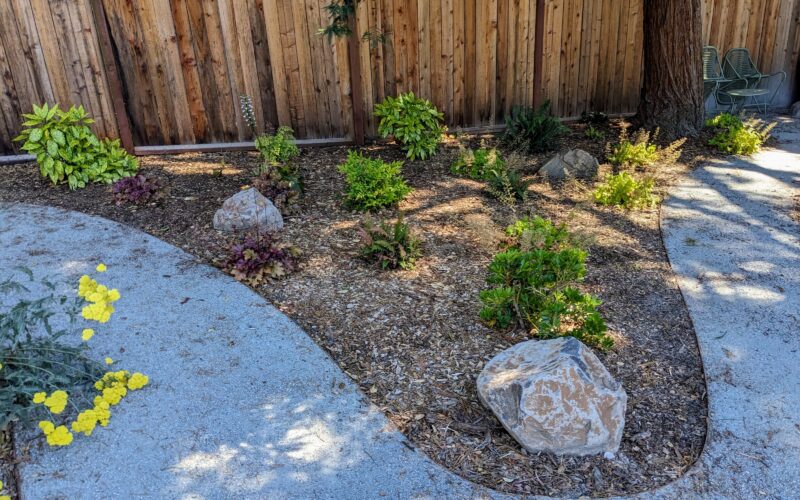
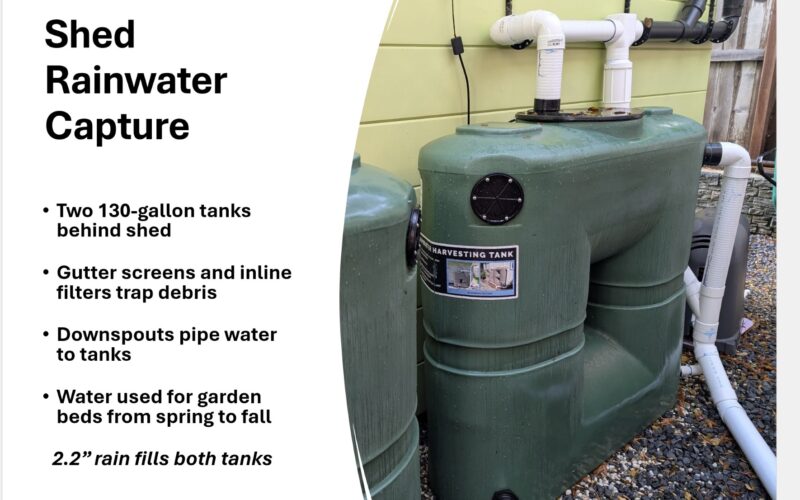
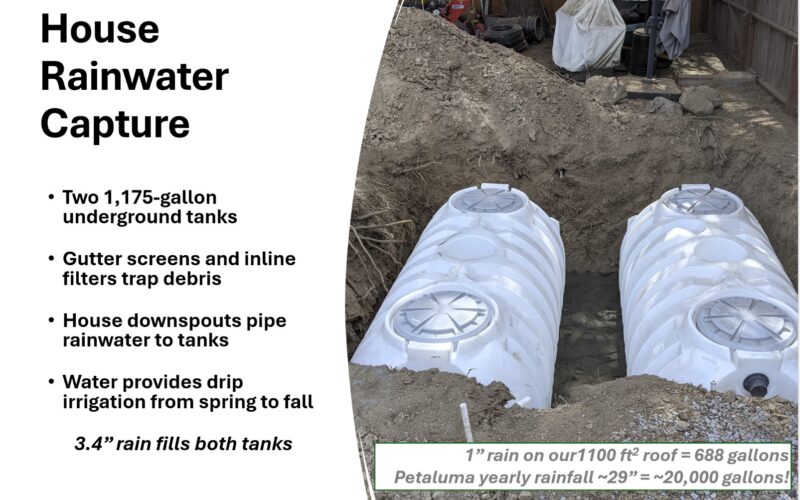
Plants in this Garden
Favorite Plants
Wild Ginger - Asarum caudatum
Thrives under our Redwood Tree.
Favorite Garden Suppliers
Urban Tree Farm Nursery
3010 Fulton Road Fulton
Cottage Gardens
3995 Emerald Drive Petaluma
E D Wilson Roses at DEW Garden
4055 Petaluma Boulevard North Petaluma
Recommended Resources
Golden Gate Gardening
The bible of vegetable gardening in the San Francisco Bay Area.Gardening Tips
Mulch! Mulch! Mulch!
